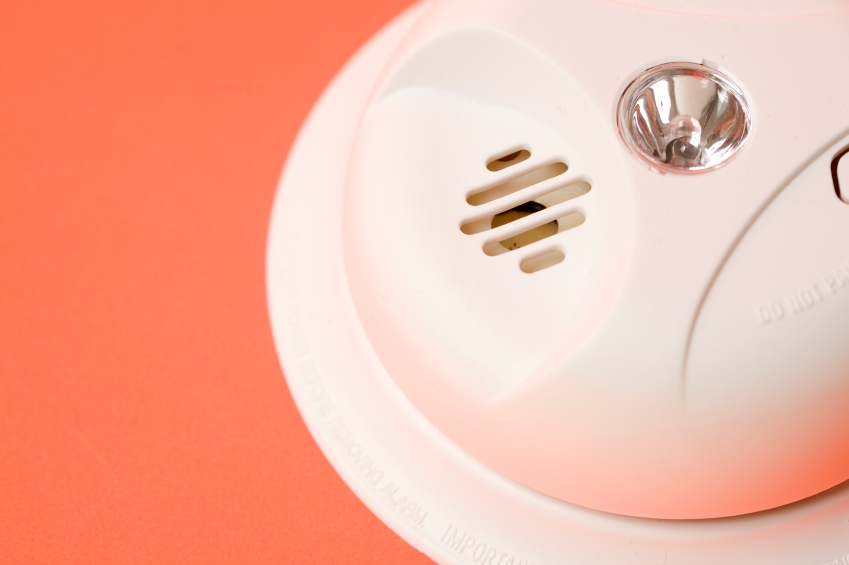Known as the “silent killer,” carbon monoxide is a stealthy culprit and can easily go undetected in your home potentially leading to serious problems. Even death. According to U.S. Consumer Product Safety Commission, on average, about 170 people die per year in the United States from carbon monoxide poisoning. Known to be one of the leading causes of accidental poisoning deaths in America, we believe it is important that you know how often and the proper steps that ought to be taken to test your carbon monoxide detector ensuring that it is in tip-top shape.
What exactly is carbon monoxide?
The science behind it is that carbon monoxide is created when fuels do not burn completely. Such fuels can range from propane and wood to oil, charcoal and gasoline. It is products around the home such as boilers, heaters, grills, furnaces, water heaters, fireplaces, wood stoves and even clothes dryers which can potentially emit this toxic gas. This gas is dangerous because it is undetectable without a third party. Cue a carbon monoxide detector. With the help of a small device, this tasteless, colorless and odorless gas is easily detectable thus ensuring that the “silent killer” does not become an unwelcomed guest in your home.
The importance of a carbon monoxide detector is all too evident. Moving forward, a handful of questions remain. How and where ought the detector be installed? Proper placement of your carbon monoxide detector is important. It is recommended that the detector be installed near sleeping areas in your home. In addition, make sure that additional detectors are on every level. The detector should be away from fuel-burning appliances and at least 15 feet from heating or cooking units and humid areas, such as bathrooms.
How often should it be tested and the how frequently should the batteries be changed?
Detectors ought to be tested at least once a month by simply using the “test” button. If the detector is battery-operated, be sure to check the batteries every six months and change the batteries once a year. In addition, a detector that is a plug-in ought to be tested monthly. All units should be cleaned regularly as recommended by the manufacturer. It is all too easy to get caught up in the business of life and forget to check the working condition of your carbon monoxide detector. To combat this problem, professionals urge people to get in the habit of checking their carbon monoxide detector when changing the clock for Daylight Saving Time. This is a good way to cultivate the habit.
In the end, be proactive. Take the steps to protect your family. When in doubt, err on the side of caution. Ensure that this tasteless, colorless and odorless gas does not go undetected. Invest in a quality carbon monoxide detector for your home and stay up to date on testing it.
If you have any remaining questions, contact the professionals at Blue Ox of the Twin Cities. They provide services that will satisfy your physical, financial, and air quality comfort need living up to our motto: “Comfort To Every Degree!”
Let us know what carbon monoxide detectors work best for you! Do you have any other tips and tricks of the trade to ensure that you do not have carbon monoxide on the loose in your home? If so, share your thoughts with us in the comment section below and don’t forget to Like us on Facebook.


